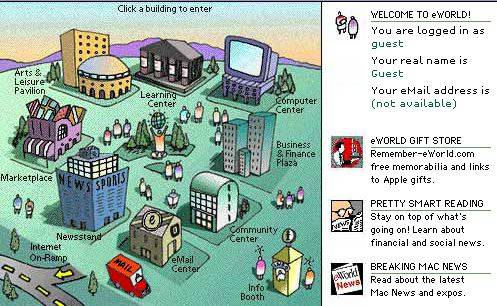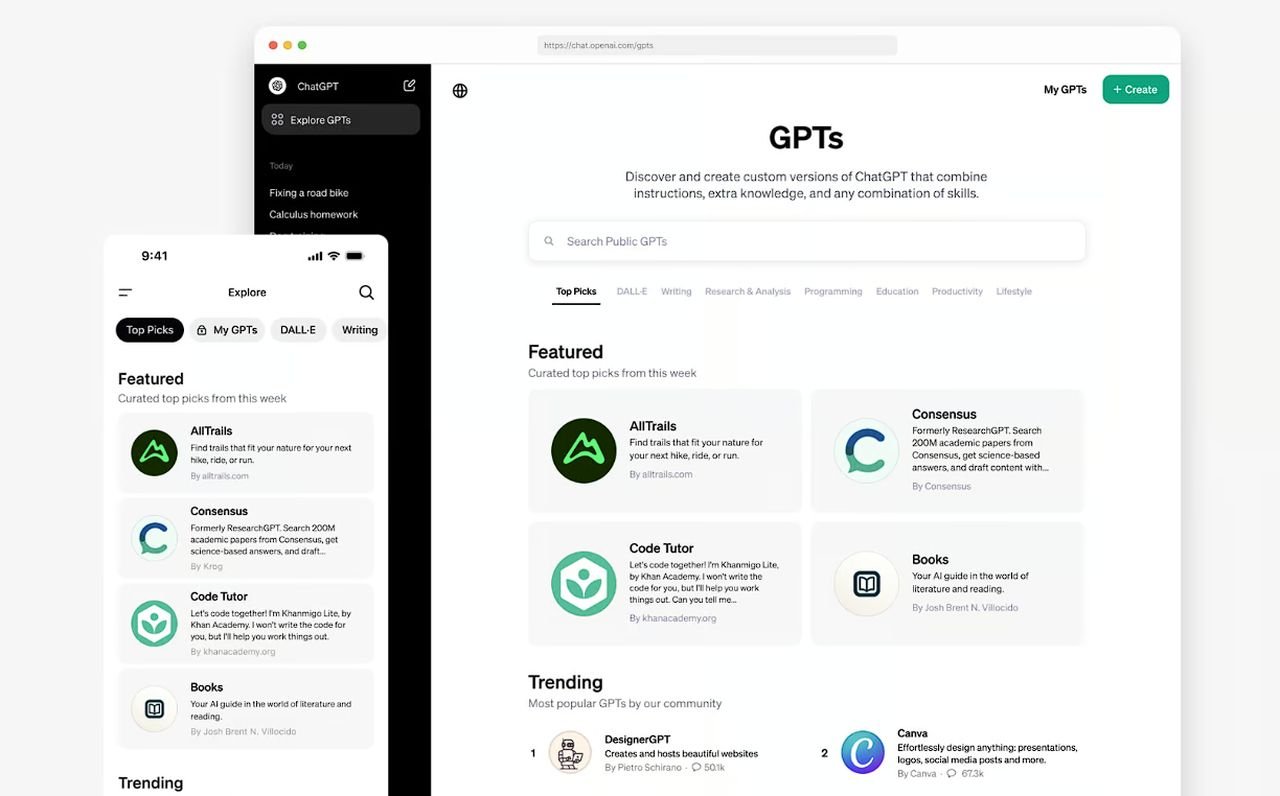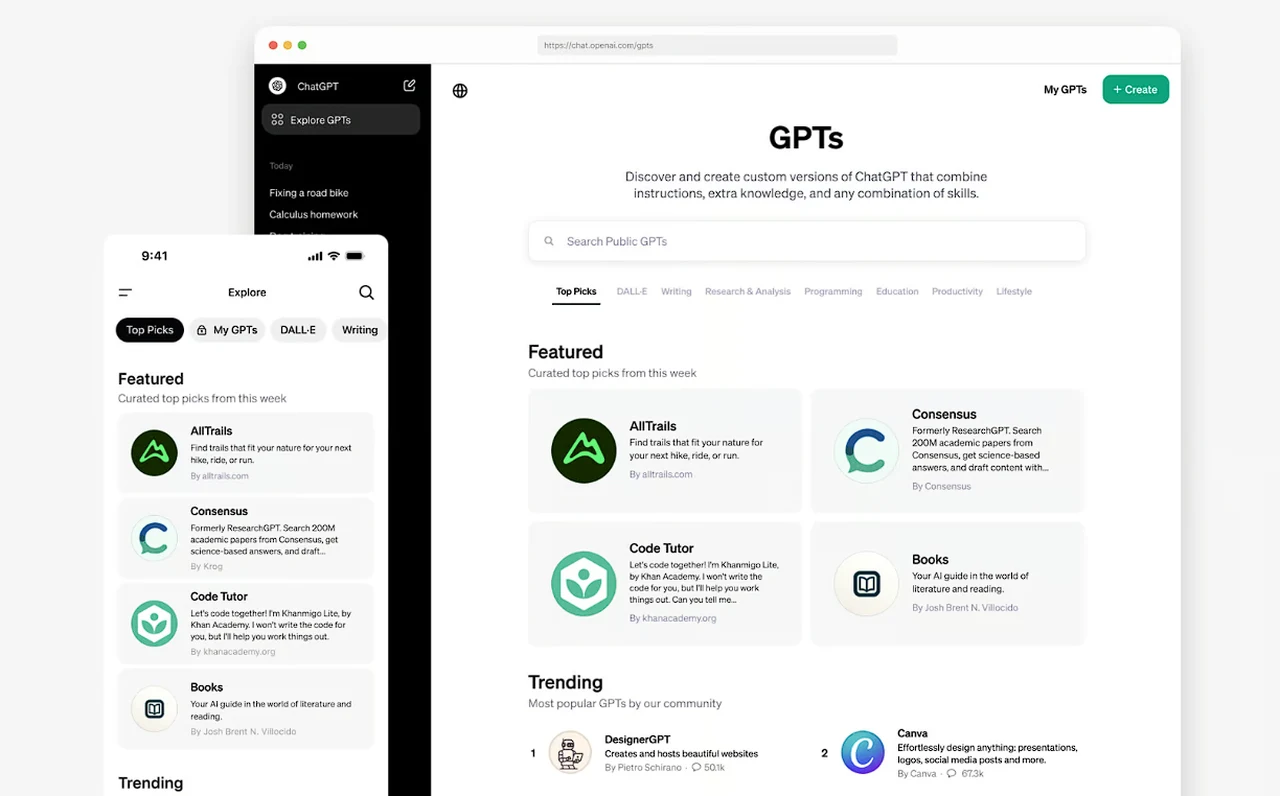[ad_1]
 April 28, 2003: Apple opens the iTunes Music Store, revolutionizing the music industry and digital distribution of content.
April 28, 2003: Apple opens the iTunes Music Store, revolutionizing the music industry and digital distribution of content.
At a time when getting music online mostly means illegal downloads from pirate services like Napster, iTunes quickly proves that customers will pay for songs — provided the service is good enough.
iTunes Music Store opens
The ability to share free music was one of many major disruptions the internet brought in the 1990s and 2000s. Faster connections made downloading and sharing tracks less painful. And the widespread presence of CD-RW drives (which shipped on around 40% of new PCs by winter 2000) made sharing songs or even whole albums quick and easy.
Surprisingly, Apple — traditionally ahead of the curve on multimedia — initially missed out on letting users burn their songs to CD. Although the company marketed the iMac G3 as an internet computer (one of the words the “i” in its name evoked was “internet”), it took until February 2001 for an iMac to ship with a CD-RW drive.
“I felt like a dope,” Steve Jobs later admitted, having made a rare misjudgment about where the industry was headed.
iMac lets users ‘Rip, Mix, Burn’ CDs
The 2001 iMac rolled out with an advertising campaign describing the computer’s ability to let users “Rip, Mix, Burn” their own CDs. This earned Apple the ire of entertainment industry moguls, who suggested that the company condoned piracy.
The Apple ads coincided with the launch of iTunes 1.0, which started out as software for ripping music from CDs and then organizing it on Macs. Later in 2001, Apple launched the first iPod, which rapidly grew to become the company’s biggest-selling product. The combined success of the iPod and iTunes made Jobs contemplate ways to simplify online music sales.
Apple already led the way with high-quality movie trailers, thanks to its QuickTime technology. Apple’s online store also proved a big hit with consumers, demonstrating that the company could pull off internet-based sales.
iTunes Music Store changes the music industry
The challenge for the iTunes Music Store came in convincing music labels that digital distribution, which risked further diminishing CD sales, made sense from a business perspective. Other companies’ previous attempts to sell MP3s failed, due to limited catalogs, ugly user interfaces and an insistence that users pay subscription fees.
Apple planned to change that. However, to do so, it needed to sell record labels on breaking down albums into individual tracks costing 99 cents each.
Jobs eventually won over the heads of the “Big Five” record labels — BMG, EMI, Sony Music Entertainment, Universal Music Group and Warner Music Group. As a result, the iTunes Music Store launched on this day in 2003 with more than 200,000 tracks on offer. Within six months, the number of songs in the iTunes store doubled.
iTunes Music Store becomes a hit
The iTunes Music Store proved to be a massive success for Apple. By December 15, 2003, it celebrated its 25 millionth download. By the following July, Apple sold its 100 millionth song. Today, Apple has sold north of 40 billion songs.
These days, downloaded songs have given way to streaming on services like Apple Music and Spotify. However, the opening of the iTunes Music Store remains immensely significant. It showed Apple’s willingness to move into a new market. And it also created a new profit-splitting revenue stream for the company.
The later expansion of iTunes to sell TV shows, music videos and movies also helped turn Apple into a full-fledged media company. Cupertino continues to build on these efforts today by creating its own original video content for Apple TV+.
Without iTunes’ breakout success, it’s questionable whether Apple would have even created an App Store.
What was the first song you ever downloaded on iTunes? Leave your comments below.
[ad_2]
Source Article Link





 March 9, 1996: Apple confirms that it will shut down its eWorld online service at the end of the month.
March 9, 1996: Apple confirms that it will shut down its eWorld online service at the end of the month.

